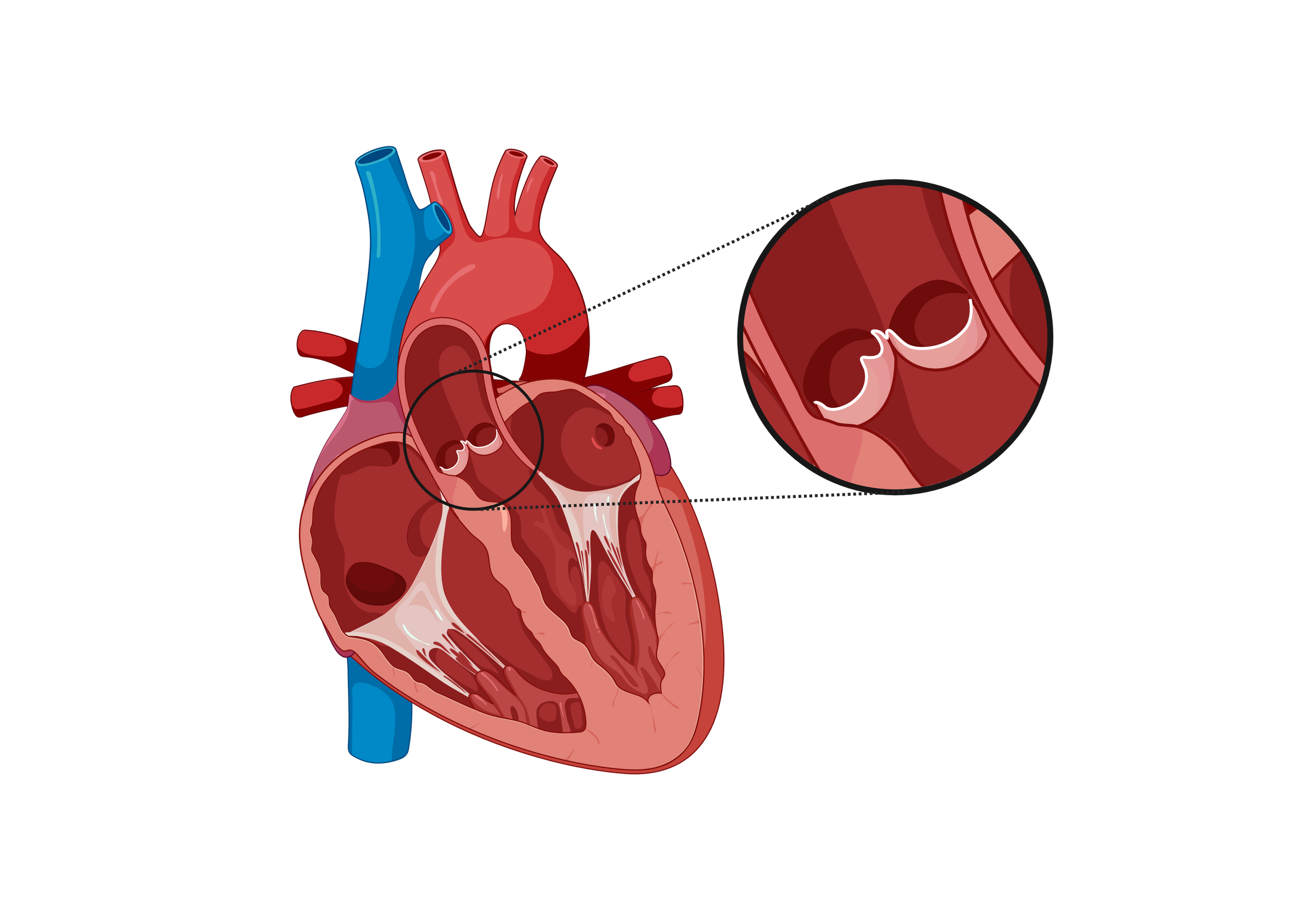Aortic Root
Overview
The aortic root is the first section of the aorta, the main artery carrying blood from the heart to the body. It plays a crucial role in ensuring blood flows efficiently and safely from the heart's left ventricle into the aorta.
Anatomical Features
Aortic Valve: This valve usually has three leaflets (called cusps) named right, left, and non-coronary. It opens to let blood out of the heart and closes to prevent it from flowing backward.
Sinuses of Valsalva: These are three small bulges in the aorta wall just above each valve leaflet. They help the valve open and close smoothly and reduce wear on the valve.
Coronary Ostia: These are tiny openings in two of the sinuses that lead to the coronary arteries, which supply blood to the heart muscle itself. Their position ensures the heart receives blood even when the valve is closed.
Normal Size: The aortic root typically measures between 2.0 and 3.7 cm in diameter, depending on a person’s age, sex, and body size. A diameter over 4.0 cm is usually considered enlarged and may need medical monitoring.
Functions
Allows blood to exit the heart and enter the aorta without leaking back into the heart.
Supports the coronary arteries by ensuring they receive blood during the heart’s relaxation phase.
Maintains smooth blood flow to prevent damage to the valve and blood vessels.
Pathologies
Aortic Root Dilatation: Enlargement beyond normal size can lead to risks like aneurysm (a dangerous bulge) or dissection (tearing of the aorta wall).
Valve Problems: The valve may become leaky (regurgitation) or narrowed (stenosis), affecting blood flow and heart function.
Coronary Ostia Issues: Blockages or abnormalities here can affect blood supply to the heart muscle, potentially causing chest pain or heart attacks.
Regular check-ups and imaging tests may be necessary to monitor the aortic root, especially if there are risk factors or symptoms.

